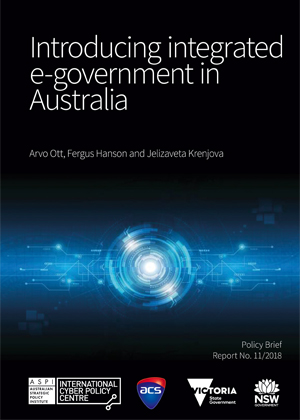Integrated E-Government in Australia
This policy brief examines the compelling benefits of expediting the government digital transformation essential to a high-functioning 21st-century economy.
The promise of integrated e-government for streamlined citizen engagement
Integrated Australian e-government would mean less citizens' and businesses' time wasted engaging with government. A digital signature would make official transactions simple: signing contracts or submitting applications could be done in moments. Mindless hassles when moving between jurisdictions (such as swapping licences from one state to another) would evaporate overnight; there would be no need to conduct 100-point identity checks in person, and time-consuming visits to physical government offices would become a thing of the past. In Estonia, where e-government is a national passion, officials estimate that these efficiencies lift annual GDP by 2%.
While many government departments already have user-friendly online portals, and some states have begun integrating several services within single online platforms (such as Service NSW and Service Victoria), Australia has yet to attempt a citizen-centric approach that makes citizen and business engagement with all three tiers of government seamless. It also lacks critical enabling systems. The principal building blocks needed to achieve an integrated approach to e-government are an integrated government back office and a simple, easy-to-use and secure eID and digital signature.
That isn't to downplay the practical challenges of joining up three tiers of government that have historically resisted cooperation or the attention to detail needed to address cybersecurity challenges. E-government is essential to a high-functioning 21st-century economy and should be attempted.

